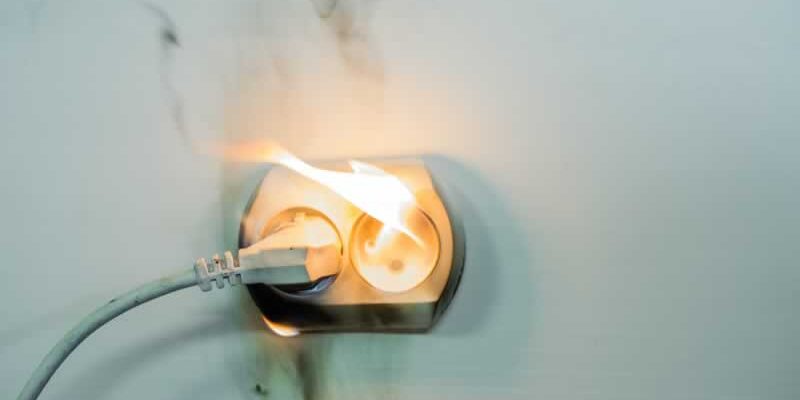Electrical problems can happen in any home, but they tend to be more common in older homes with outdated wiring. However, these issues are common in every household that is likely built with substandard materials and installation methods.
Even newer homes can suffer from electrical problems if the infrastructure isn’t up to par with modern codes or standards. The good news is that most electrical issues are simple fixes that only take a few minutes. It’s essential to be aware of how to identify these issues and know how to fix them. This article illustrates a few tips that will help you to troubleshoot the most common home electrical problems.
Tips for Troubleshooting Common Electrical Problems at Home
1. Flickering Light Bulbs
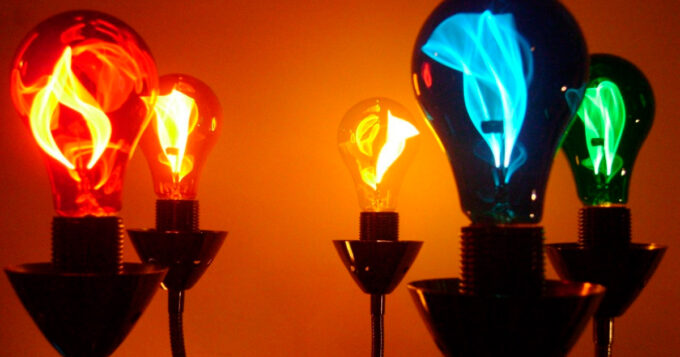
source:Facebook.com
The flickering of lights can be a result of the malfunctioning of the bulb or frayed wires or loose connections in the electrical system. To troubleshoot this issue, check the bulb and the wiring of your entire house.
To begin with, look for any damage or loose connections on the base of your bulb to ensure that it isn’t burning out. You can also remove the glass cover and clean it with alcohol swabs if there are fingerprints or smudges on it that might prevent proper lighting from occurring.
Furthermore, check wiring throughout your house by using the proper tools and equipment. Make sure each circuit has power running through them before moving to the next. If there are any major issues found during testing, contact an electrician immediately so they can repair them before anything else goes wrong down line.
If you are looking forward to getting a complete diagnosis of the entire electrical system of your house, look no further than electrical contractors London to hire licensed professional electricians to troubleshoot any electrical issue or malfunction.
2. Loose Wires and Connections
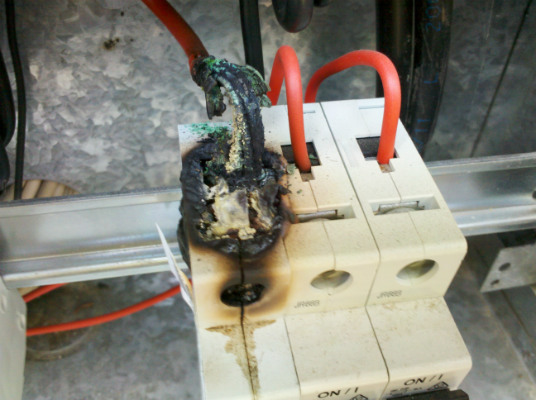
Source:youtube.com
Check the wires for loose connections. If you see any wires that are not fully connected to a connection, this could be a sign of a loose electrical connection. To troubleshoot this issue, check the wires for damage or fraying. If the wire has been damaged in any way, it will need to be replaced before continuing with your troubleshooting process.
Loose wires and connections can be fixed easily with appropriate tools. Carefully patch up the wires and tighten the screws for loose connections. The major cause of this problem can be corrosion which can break up over time. However, make sure to turn off the power supply before touching naked wires.
3. Short Circuits
Short circuits can occur when there is a break in a circuit. A short circuit means that the electricity in your home has been interrupted, resulting in an electrical current that runs back into itself. This can cause fires or damage to property, so it’s essential to know how you should respond if you suspect a short circuit.
To prevent this from happening, make sure all power outlets are properly shut off at night and during storms. This will prevent them from becoming tripped accidentally over time due to weather conditions. However, spotting a short circuit can be overwhelming, as the source of the short circuit can be anywhere throughout the electrical system.
4. Frayed Cords or Wires
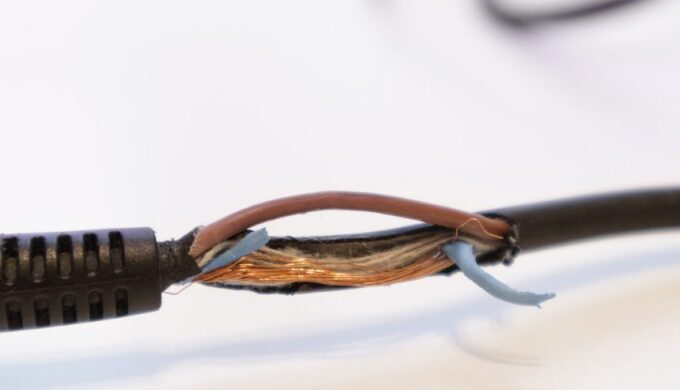
Source:puroclean.com
Frayed cords are one of the most common problems homeowners face. A frayed cord can be caused by many things, including heat exposure and wear on the wires inside your home. If a wire in your house has been damaged or is not working properly, it’s essential to have it inspected by a qualified electrician before continuing with any repairs.
To fix frayed wires, you will need some basic tools and knowledge about how electricity works, so that you can repair the damage yourself if possible. But even if this isn’t an option, you can get it diagnosed by a licensed professional and get it repaired.
5. Burning Smell or Smoke
Smoke or a burning smell is often the result of a short circuit. If you notice smoke coming from your light bulb, you likely have an overheat in one of your wires. To spot this issue look for any burned areas on the wires. A wire that has been overheated may look like it’s been singed or melted by fire.
If you see any sign of burning smell or smoke, take precautionary steps to avoid further damage by repairing the wire. Make sure to disconnect the power supply for safety measures. In addition, check the outlets and switches, and make sure they are fully turned off before plugging anything into them.
6. Tripped Circuit Breaker or Fuse Box
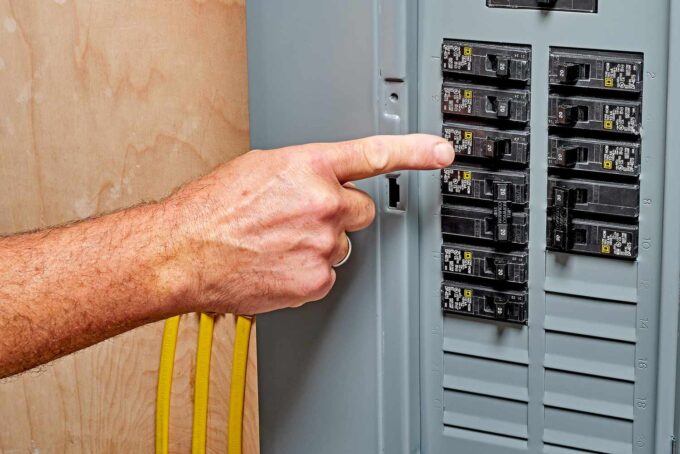
source:thespruce.com
Use a circuit tester to determine if the circuit breaker or fuse box is tripped. However, this will require some knowledge of electrical circuits and terminology as well as some patience. Three-way switches can malfunction and require a new set or adjustment of the existing set.
Make sure that all wires are connected by using both sides of the multimeter at once, and if they don’t then try swapping out connections until all lights turn on correctly. A tripped circuit breaker or fuse can also result due to overloading which can occur when too many devices are plugged into one circuit. This can cause the circuit breaker or fuse to trip, or it can cause the lights to flicker.
The Bottom-line
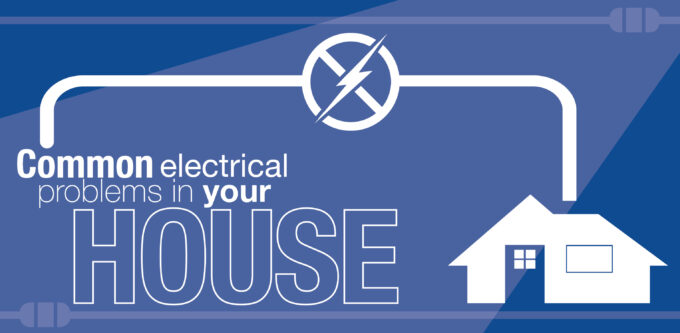
Source:pinterest.com
When it comes to fixing electrical problems, it’s smart to start by looking at your electrical panel and making sure you haven’t overloaded it with too many appliances drawing too much power. Furthermore, if you have flickering lights or loose outlets, or even if your circuit breaker keeps tripping, it may be time to call in the electrician, and address these issues quickly.
By following these tips, you can diagnose and fix many issues. However, if you have any electrical problems in your home, don’t hesitate to call an experienced electrician. They can do an inspection and come up with a plan for rectifying the problem quickly and effectively.

